Nuts and Bolts 2: How Do I Check My Intonation and How Do I Fix It?
Sometimes you might tune your guitar, get everything sounding perfect with the strings open and when playing close to the nut, but find that notes are slightly flat or sharp when you play higher up on the neck. Don’t fret! Your guitar isn’t busted, your intonation is just off.
On an electric guitar, this is a pretty easy fix. It’s part of a standard setup, and you can do it at home.
To check your intonation:
Gather your supplies. Ideally, you will want to use a strobe tuner for this. Strobe tuners are very precise. They’re pretty pricey, but they can be worth the money if you want to be able to do all your own setups. However, a chromatic tuner and a good ear will suffice.
You’ll also need a screwdriver—make sure it matches the heads of your saddle screws.
Get to work!
Tune your guitar
Strum your open high E string, and make sure it is perfectly in tune.
Play the high E string at the 12th fret. It should be exactly an octave higher than the open E string, and exactly the same pitch as a harmonic played on the 12th fret. If it is sharp or flat, the intonation is off.
Repeat for each remaining string. This should give you an idea of what you will need to do.
Some tips:
- It is important that you do all of this in playing position.
- Try not to put pressure on any part of the guitar when you are fretting, other than what you need to push that string down. Make sure your finger isn’t pulling the string up or down, which would alter the pitch you’re checking.
- If you’ve just changed your strings, make sure they have been adequately stretched before you begin intonating.
To fix your intonation:
On the bridge of your guitar, unless you have a fixed bridge (like a Hard-Tail bridge or a Tune-O-Matic), you will see six saddles with a string sitting in each one that are each independently attached to the bridge via a screw with a spring around it.
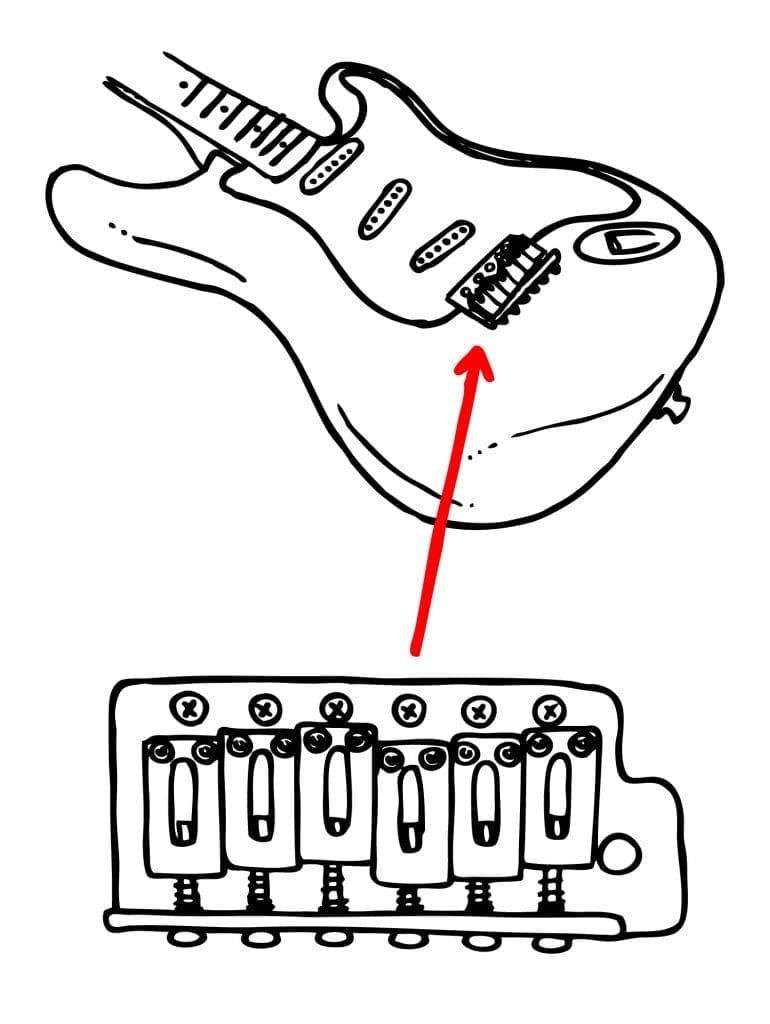
Look from the tail of your guitar across the top towards the headstock. You should see six screw heads. Essentially, if you turn the screw clockwise, it will pull the saddle closer to the tail of the guitar by shortening the spring between the tail end of the bridge and the saddle. If you turn it counterclockwise, it will push the saddle towards the neck.
If a string is sharper than it should be at the 12th fret (but the open string is in tune), you need to turn that saddle’s screw clockwise, moving the saddle closer to the tail and increasing the distance between nut and where the string hits the saddle.
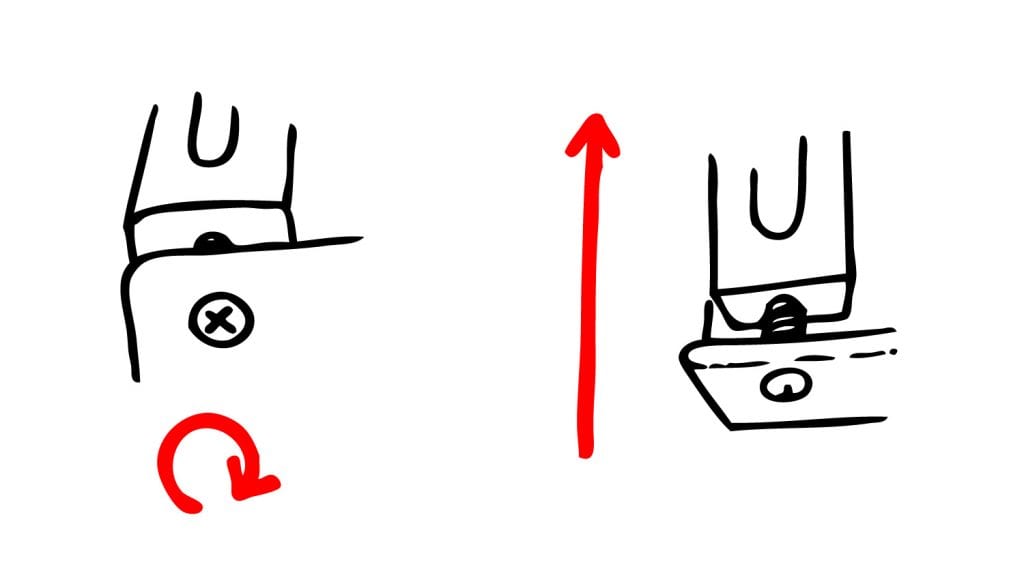
In general, the pitch of a string is controlled by its length and tension. When you bring the saddle towards the tail and increase the length of string between nut and saddle, you are increasing string tension and sharpening the pitch.
After you do this, your open string will ring sharp and you will need to tune it back down to pitch. Make sure it is perfectly in tune. Then, you can fret at 12 again and see if that pitch is now a perfect octave above the pitch of the open string, matching your harmonic on 12.
If you’ve gone too far and the 12th fret now plays sharp, you can re-loosen the saddle’s screw slightly, lowering the tension. You may have to go back and forth a couple times; the less you have to do this the better because it does leave small kinks in the strings, but it’s no big deal. The more you do this, you’ll develop a better sense of how far to move your screws to get the change in pitch you need.
Likewise, if a string is flatter than it should be at 12 with the open string in tune, you’ll need to start by to loosen its saddle screw, pushing the saddle towards the neck and decreasing the distance between nut and saddle. The rest of the process is the same.
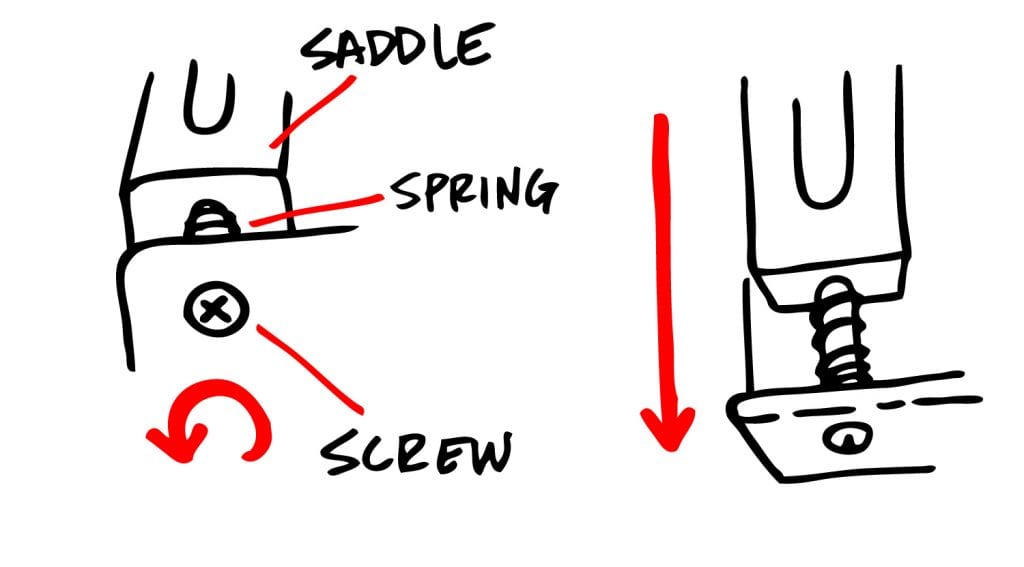
Once you’ve intonated all six strings, you’ll want to go back and check each of them again. Usually you’ll find that pitch is still not perfect on all of the strings, and you’ll have to make small adjustments until it is. When you think you’ve finished, before you put everything away, plug in and play and make sure it sounds good.
Intonating can be a time consuming process, especially at first, but it’s a great skill to have. Imagine never again having to scramble for a setup before a gig—such freedom!
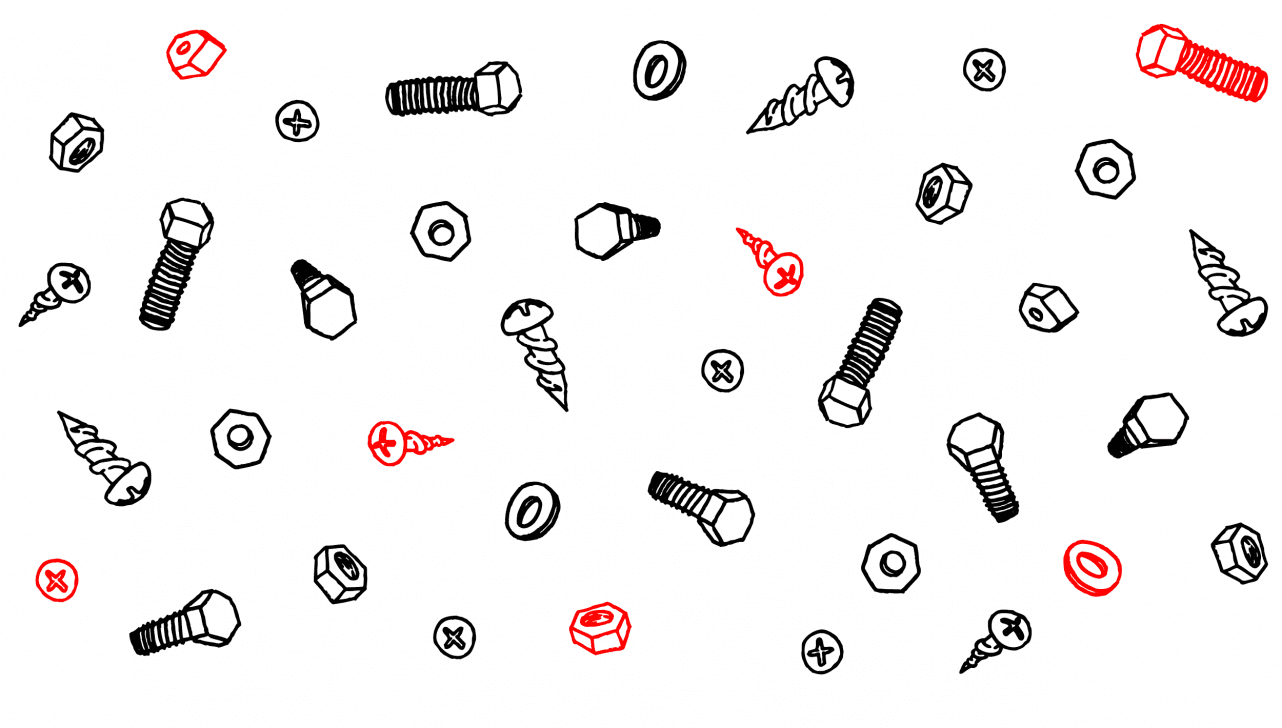





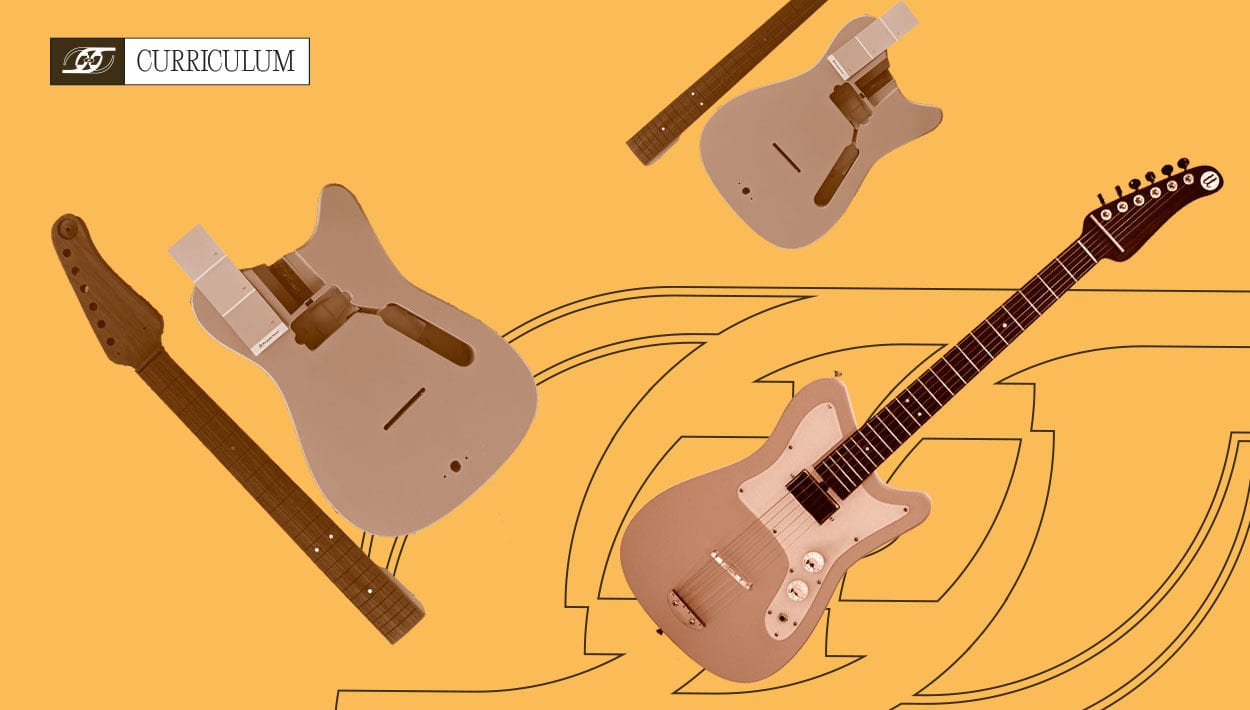
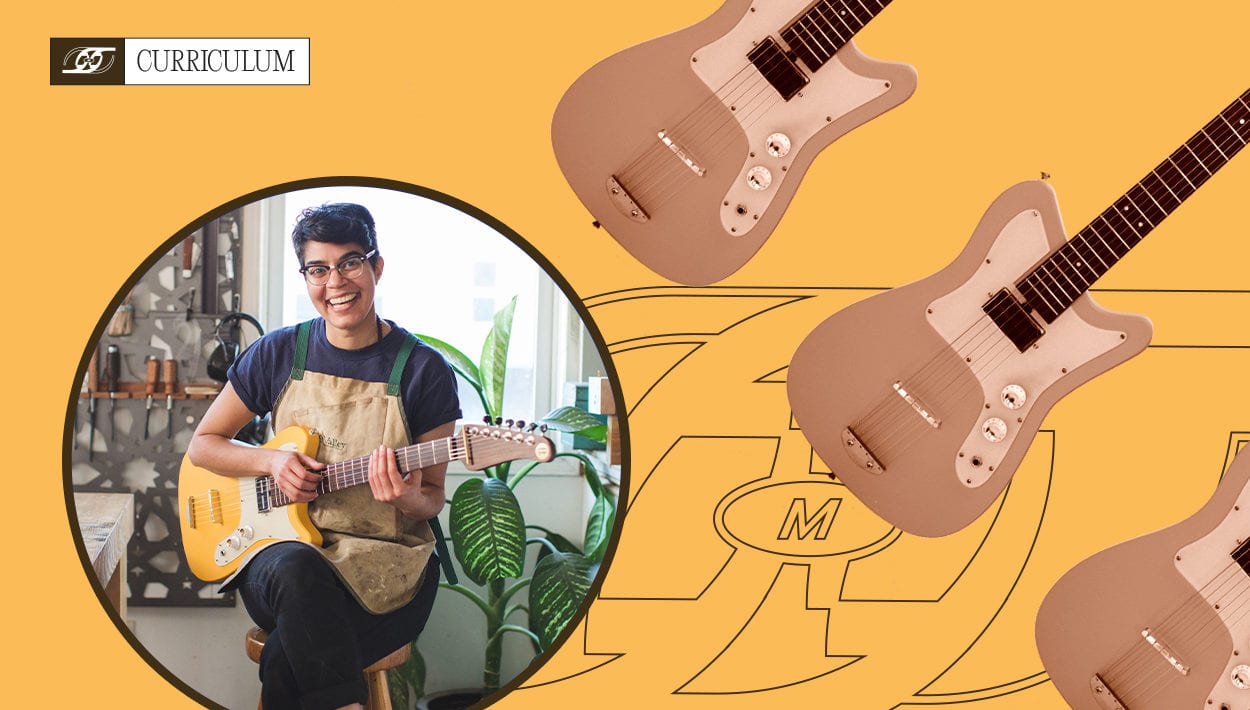



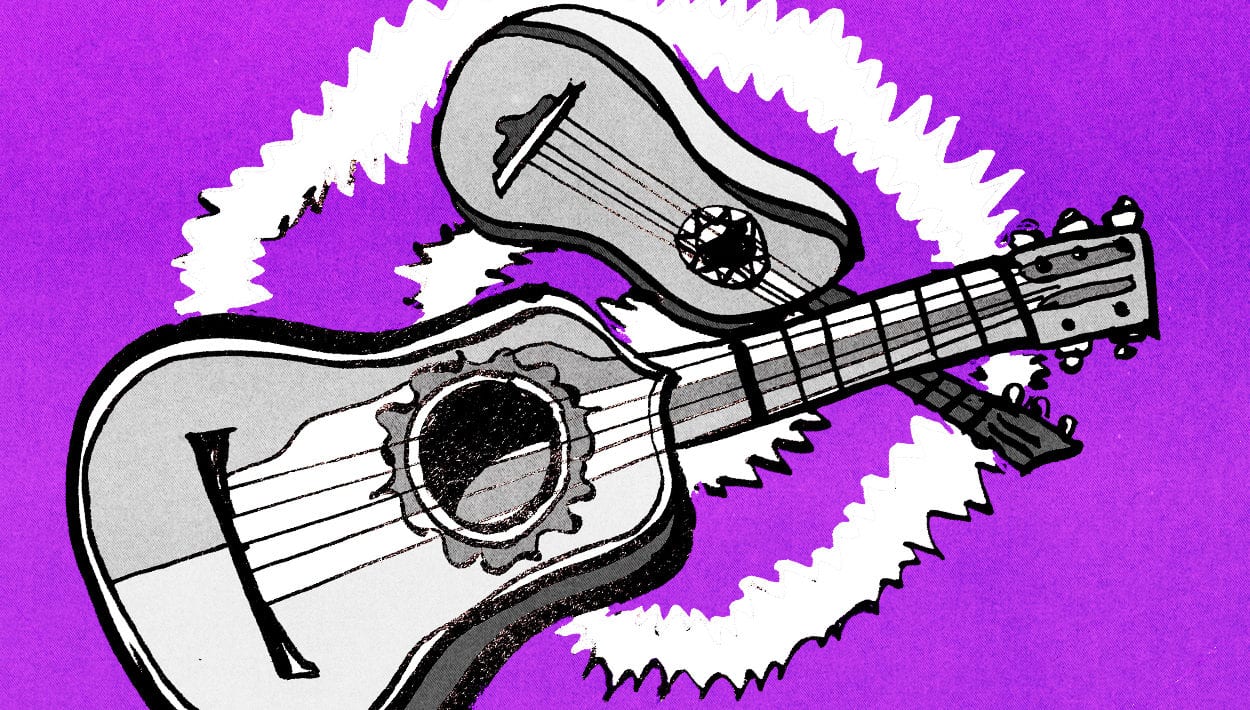


Comments
Excellent stuff!
But as a heads up it should be noted that the “turn arrows” have been mixed up on the layout of the images. The text is right but the images are not.
Comment by Magnus on September 28, 2016 at 10:25 amThanks for sharing this impressive article with if you were the user of windows 10 OS and face trouble to open file explorer then from here learn to get help file explorer windows 10 operating system in easy steps which you will do it by following the steps from our tutorial.
Comment by Himanshu mishra on January 9, 2019 at 10:07 pm